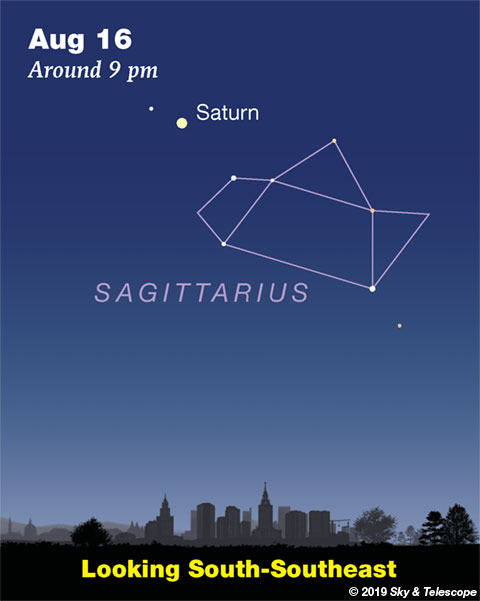
Friday, August 16
• As August proceeds and nights begin to turn chilly, the Great Square of Pegasus lifts up in the east, balancing on one corner. Its stars are only 2nd and 3rd magnitude, and your fist at arm's length fits inside it. Late this evening the waning gibbous Moon rises below it.
From the Square's left corner extends the main line of the constellation Andromeda: three stars (including the corner) about as bright as those forming the Square.
This whole giant pattern was named "the Andromegasus Dipper" by the late Sky & Telescope columnist George Lovi. It's shaped sort of like a giant Little Dipper with an extra-big bowl, and it's currently raising its contents upward.
Saturday, August 17
• The actual Little Dipper, meanwhile, is tipping far over leftward in the north. It's less than half as long as the Andromegasus Dipper, and most of it is much fainter. As always, you'll find that it's oriented more than 90° counterclockwise compared to Andromegasus.
Sunday, August 18
• As summer progresses and Arcturus moves down the western sky, the kite figure of Bootes that sprouts from Arcturus tilts to the right (depending on your latitude). The kite is narrow, slightly bent with its top leaning right, and 23° long: about two fists at arm's length. Arcturus is its bottom point where the stubby tail is tied on.
The Big Dipper now slants at about the same height in the northwest, to the Kite's right.
Monday, August 19
• Whenever bright Vega crosses nearest your zenith, as it does right after dark now, you know that the Sagittarius Teapot must be at its highest due south, even if it's hidden by buildings or trees.
Two hours later when Deneb crosses closest to the zenith, it's the turn of little Delphinus and boat-shaped Capricornus down below it to stand at their highest due south.
Tuesday, August 20
• August is prime Milky Way time now that the Moon is finally leaving the evening sky. After twilight fully ends, the Milky Way runs from Sagittarius in the south, up and left across Aquila and through the big Summer Triangle very high in the east, and on down through Cassiopeia to Perseus rising low in the north-northeast.
Wednesday, August 21
• Different people have an easier or harder time seeing star colors, especially subtle ones. To me, the tints of bright stars stand out a little better in a sky that's still the deep blue of late twilight.
For instance, the two brightest stars of summer are Vega, overhead at that time, and Arcturus, shining in the west. Vega is white with just a touch of blue. Arcturus is a yellow-orange giant. Do their colors stand out a little better for you in late twilight? Could this be a contrast effect of seeing yellow, orange, or orange-red stars on a blue background?
Thursday, August 22
• Take advantage of these moonless late evenings to use your scope to pick out the asteroids Eunomia (now magnitude 8.4), Laetitia (9.4), and Psyche (9.8) just north of the Capricornus star pattern — using the article and chart in the August Sky & Telescope, page 48.
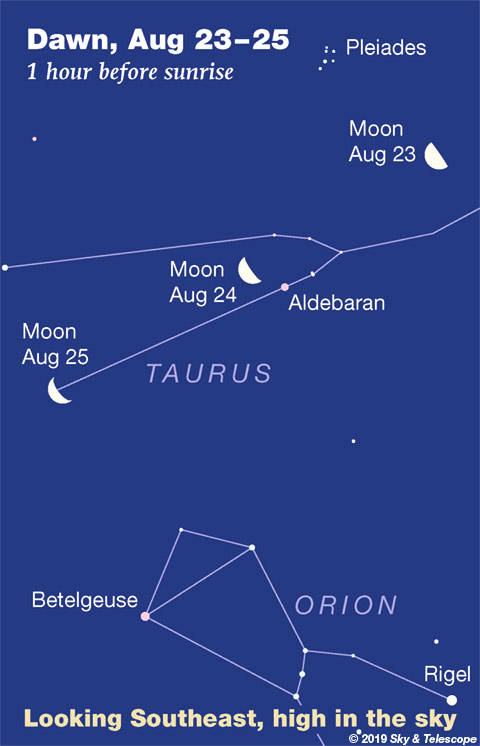
Friday, August 23
• Last-quarter Moon (exactly so at 10:56 a.m. on this date). The Moon rises tonight around midnight or so (depending on your location), below the Pleiades. Accompanying the Moon will be orange Aldebaran. By the beginning of dawn Saturday morning, they all stand high in the southeast.
Saturday, August 24
• In the early-morning hours of Sunday, the waning Moon is even closer to 3rd-magnitude Zeta Tauri, one of the Taurus horn-tips. The bright limb of the Moon occults the star for the western US and Mexico before or during dawn; see the August Sky & Telescope, page 50. Detailed timetables.
________________________
Want to become a better astronomer? Learn your way around the constellations. They're the key to locating everything fainter and deeper to hunt with binoculars or a telescope.
This is an outdoor nature hobby. For an easy-to-use constellation guide covering the whole evening sky, use the big monthly map in the center of each issue of Sky & Telescope, the essential guide to astronomy.

Once you get a telescope, to put it to good use you'll need a detailed, large-scale sky atlas (set of charts). The basic standard is the Pocket Sky Atlas (in either the original or Jumbo Edition), which shows stars to magnitude 7.6.
Next up is the larger and deeper Sky Atlas 2000.0, plotting stars to magnitude 8.5; nearly three times as many. The next up, once you know your way around, are the even larger Interstellarum atlas (stars to magnitude 9.5) and Uranometria 2000.0 (stars to magnitude 9.75). And read how to use sky charts with a telescope.
You'll also want a good deep-sky guidebook, such as Sue French's Deep-Sky Wonders collection (which includes its own charts), Sky Atlas 2000.0 Companion by Strong and Sinnott, or the bigger Night Sky Observer's Guide by Kepple and Sanner.
Can a computerized telescope replace charts? Not for beginners, I don't think, and not on mounts and tripods that are less than top-quality mechanically (meaning heavy and expensive). And as Terence Dickinson and Alan Dyer say in their Backyard Astronomer's Guide, "A full appreciation of the universe cannot come without developing the skills to find things in the sky and understanding how the sky works. This knowledge comes only by spending time under the stars with star maps in hand."
This Week's Planet Roundup
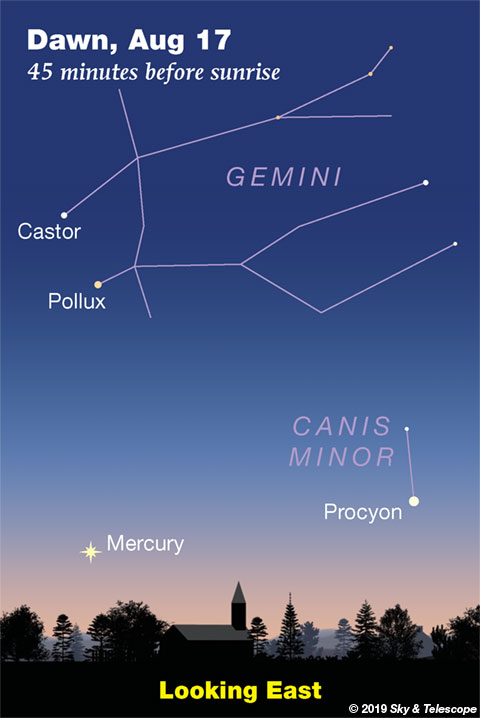
Mercury displays itself low in the dawn this week, lower every morning, as it brightens from magnitude –0.8 to –1.3. Look for it about 30 or 40 minutes before sunrise. Don't confuse it with lesser, twinklier Procyon well off to its right.
Venus and Mars are out of sight behind the glare of the Sun.
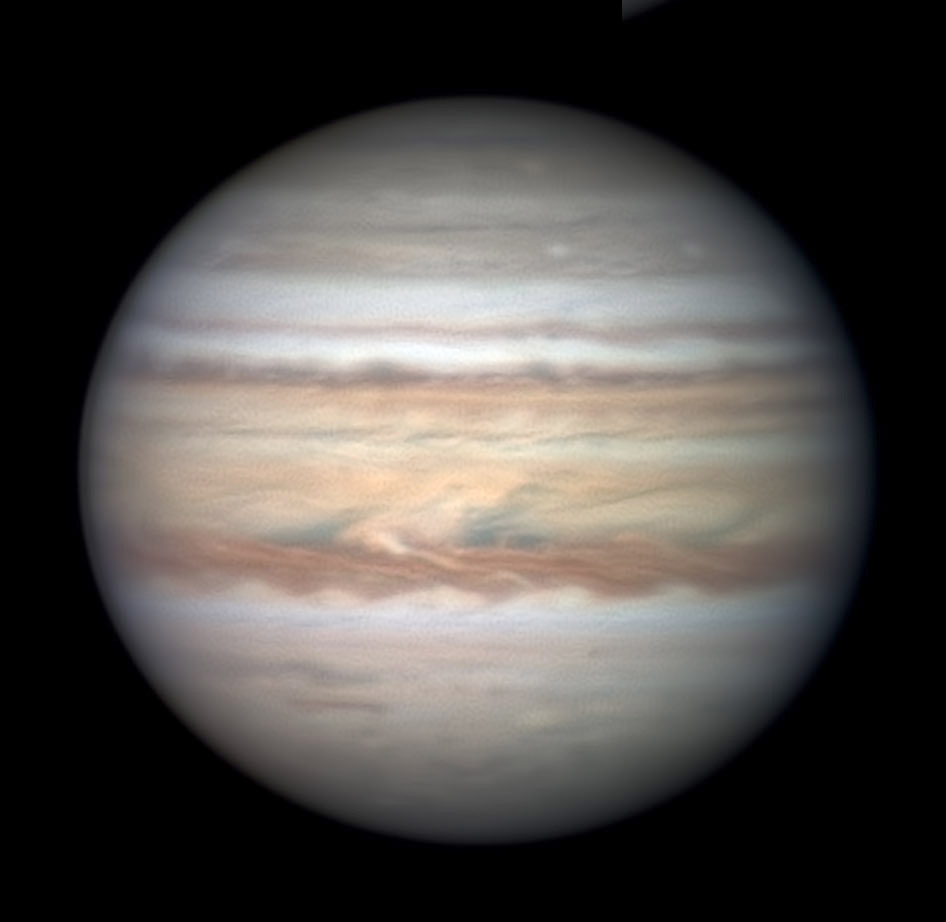
Jupiter (magnitude –2.3, between the feet of Ophiuchus) is the white dot in the south as twilight fades. After dark it moves lower toward the southwest.
Orange Antares, much fainter at magnitude +1.0, twinkles 7° to Jupiter's lower right. Jupiter and Antares form a shallow, tilted, nearly isosceles triangle with Delta Scorpii (Dschubba) to Antares's right. Delta, a long-term eruptive variable, has been not too much fainter than Antares for most of the last 19 years.
In a telescope Jupiter is 40 arcseconds wide and shrinking. See Bob King's observing guide to Jupiter.
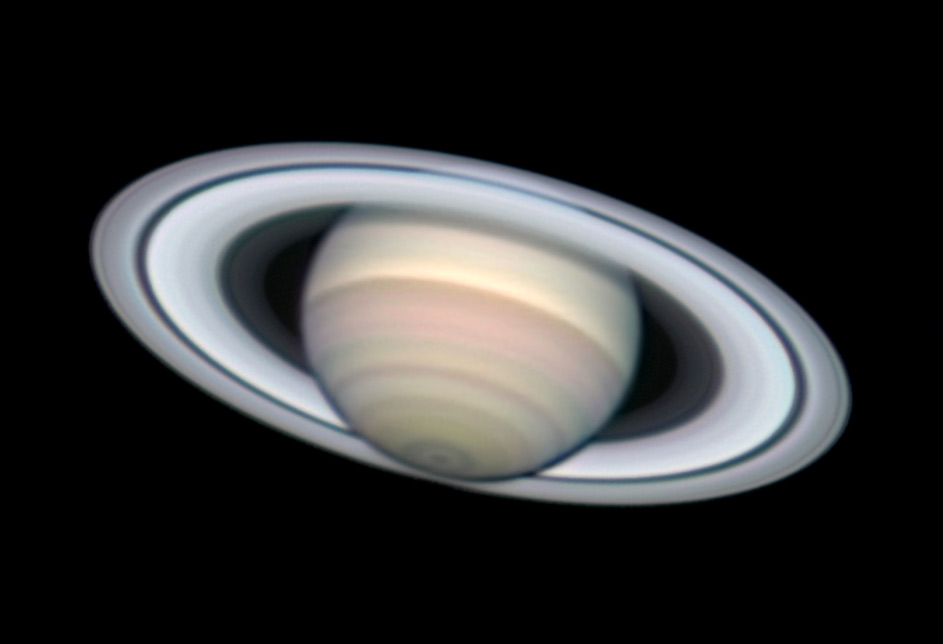
Saturn (magnitude +0.2, in Sagittarius) is the steady, pale yellowish "star" in the south-southeast during and after dusk, 29° left or upper left of Jupiter. Below Saturn is the handle of the Sagittarius Teapot.
Uranus (magnitude 5.8, in Aries) is high in the south just before the beginning of dawn.
Neptune (magnitude 7.8, in Aquarius) is well up in the southeast by 11 p.m. and highest in the south by about 2 a.m. Finder charts for Uranus and Neptune.
_________________
All descriptions that relate to your horizon — including the words up, down, right, and left — are written for the world's mid-northern latitudes. Descriptions that also depend on longitude (mainly Moon positions) are for North America.
Eastern Daylight Time (EDT) is Universal Time (UT, UTC, GMT, or Z time) minus 4 hours.
_________________
Audio sky tour. Out under the evening sky with your earbuds in place, listen to Kelly Beatty's monthly podcast tour of the heavens above. It's free.
_________________
“This adventure is made possible by generations of searchers strictly adhering to a simple set of rules. Test ideas by experiments and observations. Build on those ideas that pass the test. Reject the ones that fail. Follow the evidence wherever it leads, and question everything. Accept these terms, and the cosmos is yours.”
— Neil deGrasse Tyson, 2014
 0
0








Comments
You must be logged in to post a comment.